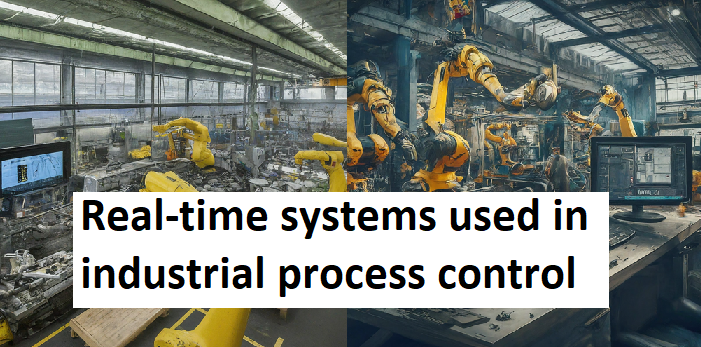What are the types of real-time systems used in industrial process control? – Learn about the different types of real-time systems used in industrial process control, including hard, soft, firm, and hybrid systems. Understand their characteristics, applications, and considerations for choosing the right system for your needs.
Types of Real-Time Systems in Industrial Process Control
Real-time systems are critical components in industrial process control, ensuring timely and accurate responses to changing conditions. These systems must meet strict deadlines to maintain process efficiency, safety, and quality. Here are some of the common types of real-time systems used in industrial process control:
Hard Real-Time Systems
- Strict deadlines: Hard real-time systems have rigid deadlines that must be met for the system to function correctly. Missing a deadline can lead to catastrophic consequences, such as equipment damage or safety hazards.
- Examples: Flight control systems, nuclear power plant control systems, robotic systems.
- Characteristics: High reliability, fault tolerance, and deterministic behavior.
Soft Real-Time Systems
- Flexible deadlines: Soft real-time systems have deadlines that are important but not critical. Missing a deadline may degrade system performance or reduce user satisfaction, but it will not cause catastrophic failures.
- Examples: Multimedia streaming systems, video conferencing systems, industrial automation systems.
- Characteristics: Lower reliability requirements, more flexible scheduling, and potential for trade-offs between performance and cost.
Firm Real-Time Systems
- Intermediate deadlines: Firm real-time systems have deadlines that are important but not strictly enforced. Missing a deadline may result in degraded performance or loss of data, but it will not cause catastrophic failures.
- Examples: Industrial control systems, medical imaging systems, telecommunications systems.
- Characteristics: Balanced approach between hard and soft real-time systems, with a focus on meeting most deadlines while allowing for some flexibility.
Hybrid Real-Time Systems
- Combination of hard and soft: Hybrid real-time systems combine elements of both hard and soft real-time systems. Some tasks may have strict deadlines, while others may be less critical.
- Examples: Advanced manufacturing systems, autonomous vehicles, smart grid systems.
- Characteristics: Complex scheduling and resource management requirements, need for sophisticated real-time operating systems.
Considerations for Choosing a Real-Time System
When selecting a real-time system for industrial process control, several factors should be considered:
- Required response time: Determine the maximum allowable delay for critical tasks.
- Reliability and fault tolerance: Assess the system’s ability to handle failures and maintain operation.
- Scalability: Consider the system’s ability to handle increasing workloads and complexity.
- Cost: Evaluate the initial and ongoing costs of the system.
- Compatibility: Ensure compatibility with existing hardware and software.
By carefully selecting the appropriate type of real-time system, organizations can optimize their industrial processes, improve efficiency, and enhance safety.
